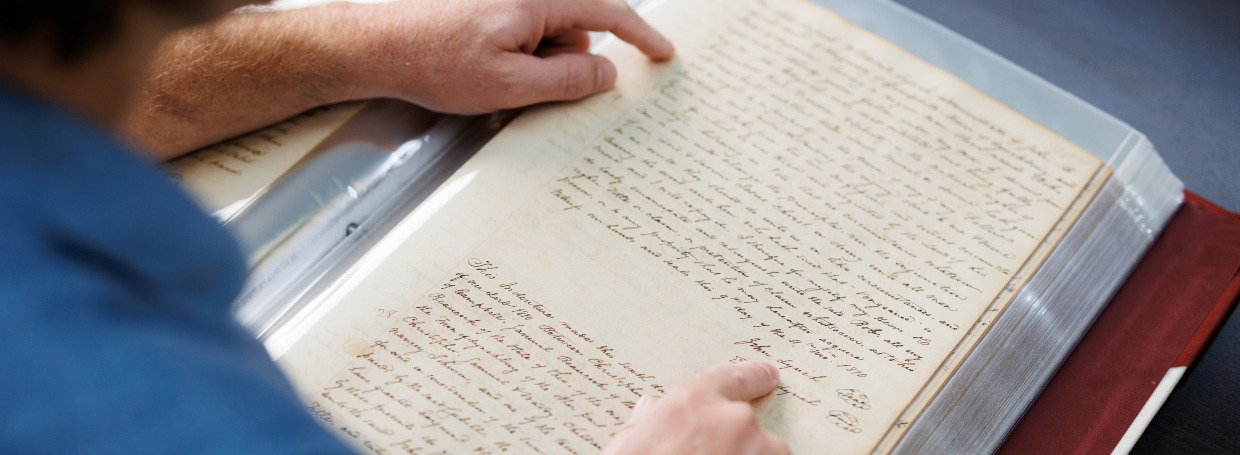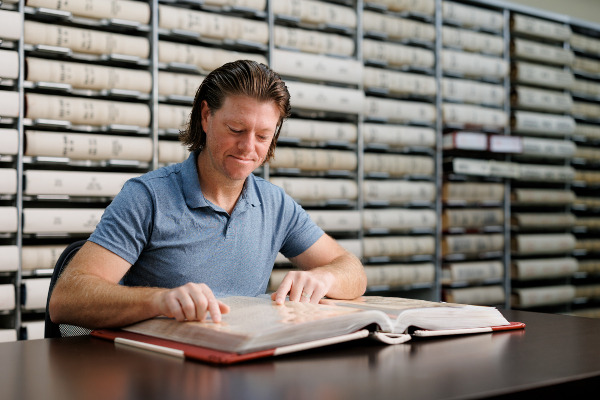Manumission

Manumission Project From the Helms School of Government
In 1782, the Virginia General Assembly allowed the voluntary manumission, or freeing of slaves. Subsequently, there were slave owners of all classes, religions, and locations throughout Virginia who freed their slaves. These acts of manumission shaped the stories of individuals and entire families throughout the state.
From humble landowners to America’s Founding Fathers, Virginians emancipated thousands of their slaves. The motivation of each slaveholder to free their slaves varied from individual to individual. Many of these manumission records—also appropriately known as “freedom documents”—give some indication as to their thoughts, beliefs, and intentions. A large number of these slaves were freed due to Christian slave masters, who, keenly aware of their own freedom in Christ, could not abide the slavery of others. Providentially, this was the case for the Lynch family (founders of the city of Lynchburg, home of Liberty University).
What Is Manumission?
Manumit is the freeing of a person from slavery or bondage. Manumission refers to the action of manumitting.
Learn the Untold Stories of Manumission in Virginia
Get detailed information on Virginia’s manumission including collections, lists of notable manumitters, and more. Facilitated by the Helms School of Government, the Manumission Database was made possible in part by funding through the Bernard and Minnie Lane Foundation.
Manumission in the News
- Liberty University researcher embarks on project documenting freed slaves in Virginia
- Research Fellow Investigates the Manumission Movement
Manumission Database

Find in-depth information on Virginia’s manumission including collections of deeds, lists of notable manumitters, and Free Negro Registries.
Manumission in Virginia: The Anti-Slavery Legacy of John Lynch

Learn more about the historical background and evolution of manumission in Virginia.